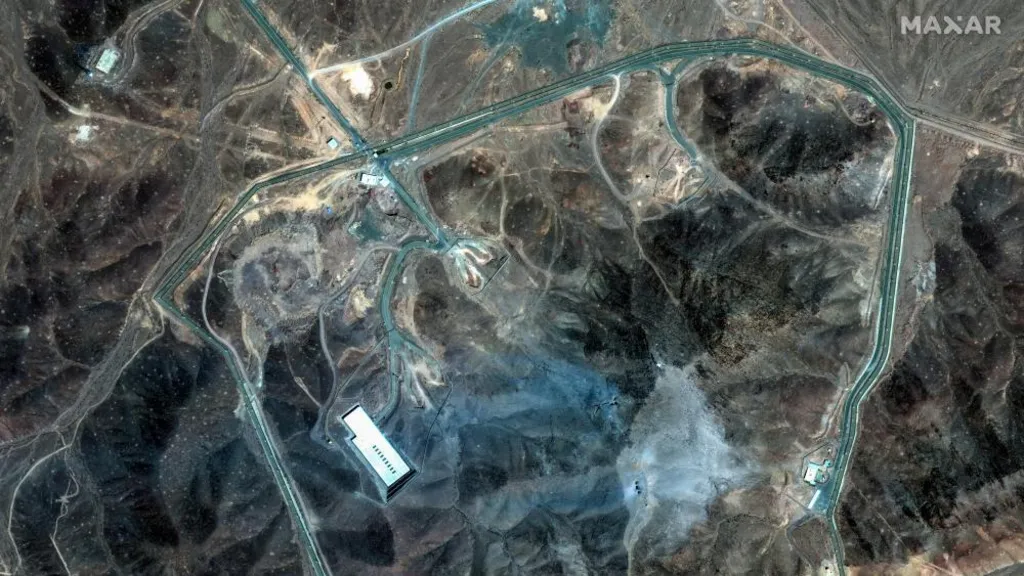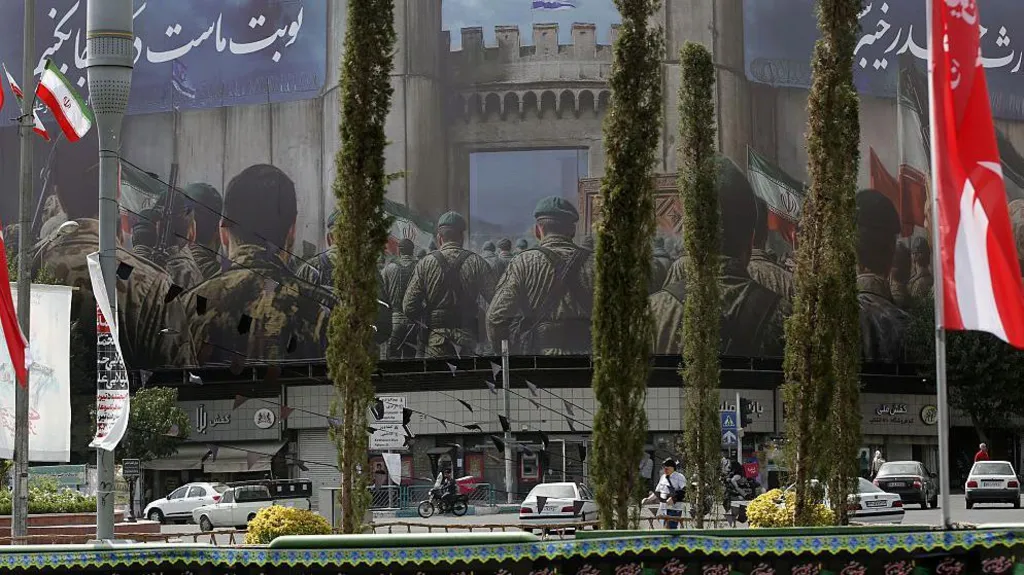In what sounds like a plot from the latest Call of Duty game, the U.S. military unleashed “Operation Midnight Hammer” this week—a high-stakes, precision airstrike that left three Iranian nuclear facilities in smoking ruins and world leaders scrambling for their phones.
U.S. Gen. Dan Caine, chairman of the Joint Chiefs of Staff, confirmed that 125 American aircraft, including seven stealthy B-2 bombers, flew an 18-hour mission that targeted Fordo, Natanz, and Isfahan—key sites in Iran’s nuclear program. The operation, equal parts firepower and trickery, included decoy aircraft flying out over the Pacific while the real bombers slipped into Iranian airspace undetected.
Oh, and just to warm things up, two dozen Tomahawk cruise missiles were launched from a U.S. submarine at Isfahan. Classic opening move.
According to Caine, the U.S. used “several deception tactics,” with fighter jets clearing enemy aircraft and missile defenses. The lead B-2 dropped two 13,000-kg GBU-57 “bunker buster” bombs on Fordo, capable of smashing through 60 feet of concrete or 200 feet of earth. Altogether, seven B-2s delivered 14 of these bunker busters as part of a larger payload of 75 precision-guided weapons.
“Iran’s fighters didn’t take off, and its air defense systems didn’t even see us,” Caine bragged at a Pentagon briefing.
Defense Secretary Pete Hegseth assured reporters that the strike wasn’t about regime change or targeting civilians, noting, “We’re not trying to start a new war—just making sure those bunkers get a new skylight.”
The Fordo site, buried deep in a remote mountainside south of Tehran (so deep it rivals the Channel Tunnel), is a linchpin of Iran’s uranium enrichment program. Initial satellite imagery now shows six fresh craters at Fordo, with debris scattered down the mountainside.
Stu Ray, an imagery analyst from McKenzie Intelligence Services, said the bombs are designed to explode inside facilities, so the surface impact looks modest. Tunnel entrances also appear blocked, which Ray suspects was an Iranian move to protect them.
Iran’s Atomic Energy Organization called the strikes a “barbaric violation” of international law, though Iranian state media claimed they’d already evacuated key materials. No radiation spikes have been detected, according to Saudi Arabia and the IAEA.
Of course, Iran wasn’t about to sit idle. Hours after the bombing, Iranian missiles struck Tel Aviv and Haifa, injuring at least 86. Iran’s Foreign Minister Abbas Araqchi slammed the U.S. strike as a betrayal, warning that Tehran “reserves the right to respond”—though exactly how remains to be seen.
According to BBC’s Frank Gardner, Iran now faces three options:
1️⃣ Do nothing and hope to avoid more strikes—at the risk of looking weak.
2️⃣ Strike back hard and fast, using their vast missile arsenal.
3️⃣ Wait for a more opportune moment and catch the U.S. off guard.
Meanwhile, U.S. politics is ablaze. President Trump confirmed the strikes on his Truth Social account and later said future attacks would be “far greater” if Iran didn’t seek diplomacy. “There are many targets left,” he warned.
Republicans like Sen. Ted Cruz applauded the move, but others—like Rep. Marjorie Taylor Greene—argued, “This is not our fight.” Democrats blasted the attack as “grossly unconstitutional.” Sen. Bernie Sanders reminded everyone that Congress—not the President—has the power to declare war.
World leaders chimed in too. UK PM Sir Keir Starmer said the U.S. acted to “alleviate” a grave threat, while UN Secretary General António Guterres called it a dangerous escalation. The EU urged calm, while Saudi Arabia expressed “great concern.” Russia’s Dmitry Medvedev quipped, “Trump won’t be winning the Nobel Peace Prize this year.”
And how did this all start? Just over a week ago, Israel launched a surprise strike on Iranian sites, accusing Tehran of racing toward nuclear weapons. Iran insists its nuclear ambitions are peaceful—though tensions have spiraled since that attack.
Trump, who long promised to avoid “stupid endless wars,” had given Iran two weeks to negotiate. In true Trump fashion, the timeline shrank dramatically. Now, with both sides trading missiles, the question is: what happens next—and will anyone be able to stop it?
Stay tuned. Because Operation Midnight Hammer may just be the opening salvo in a much bigger fight.





Leave a Reply